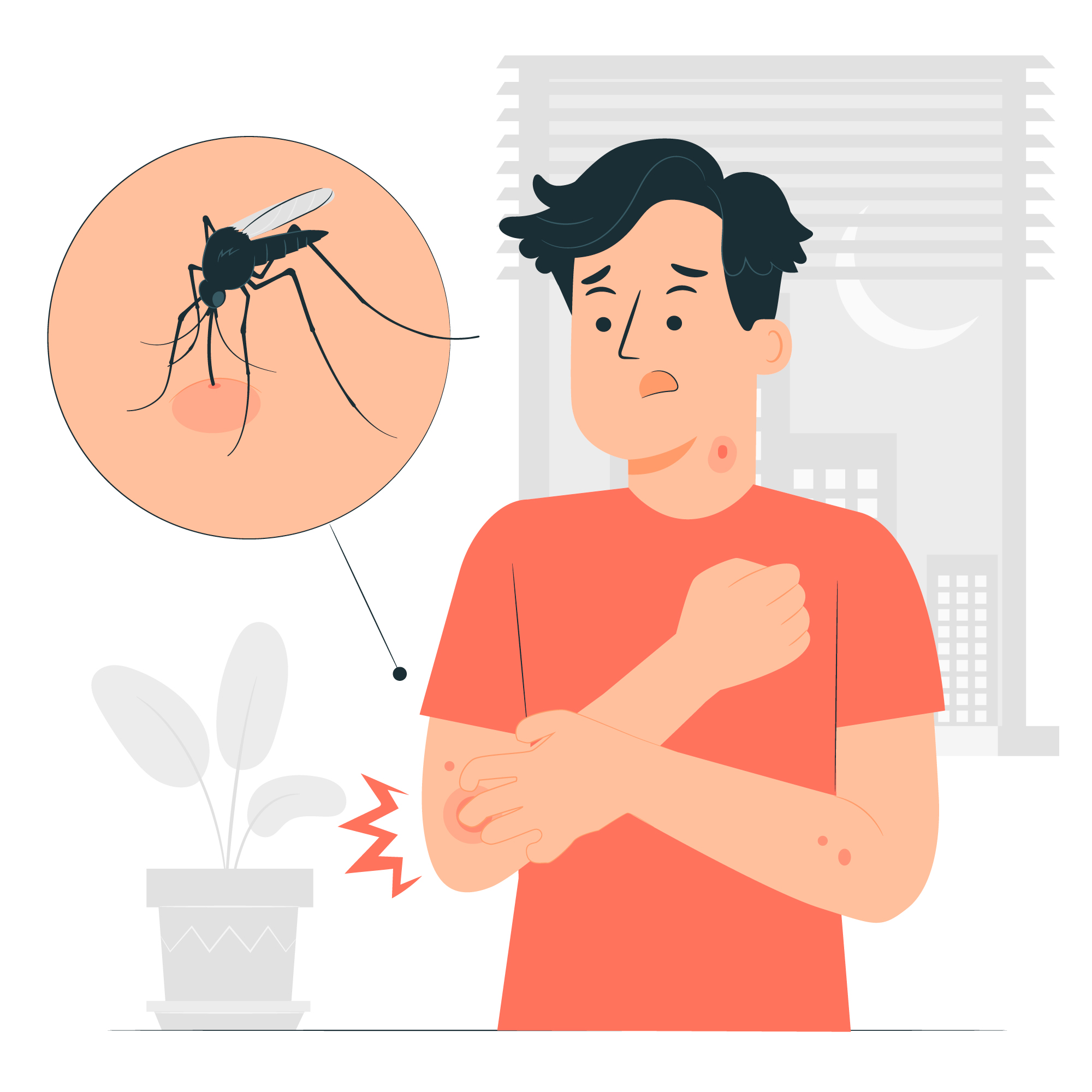- 3 May 2023
- 78
Exploring the Connection Between Mosquito Control and Dengue Prevention

Dengue fever is a viral illness transmitted by mosquitoes, particularly the Aedes aegypti species, that is endemic in many parts of the world. With no specific cure or vaccine for the disease, prevention and control measures are essential in reducing the spread of dengue. One of the critical ways of controlling the spread of dengue is through mosquito control measures. Let’s explore the connection between mosquito control and dengue prevention.
Mosquito control measures
Mosquito control measures aim to reduce the number of mosquitoes in an area and minimize the risk of mosquito-borne diseases. These measures include environmental management, source reduction, and the use of insecticides.
Environmental management: This approach involves modifying the environment to make it less suitable for mosquito breeding. For instance, eliminating standing water around homes and public areas, such as flower pots, discarded tires, and other containers, which serve as mosquito breeding sites.
Source reduction: This involves reducing the number of mosquito breeding sites by managing waste and ensuring proper disposal of solid waste. Additionally, people can use larvicides to kill mosquito larvae before they develop into adults.
Insecticides: The use of insecticides is a common approach in mosquito control. It involves spraying or fogging insecticides in areas where mosquitoes are prevalent, such as residential areas and public spaces.
Connecting mosquito control and dengue prevention
Mosquito control measures can have a significant impact on reducing the transmission of dengue fever. The Aedes aegypti mosquito, which is responsible for the transmission of dengue, has a limited range and typically breeds in stagnant water sources in and around residential areas. By implementing effective mosquito control measures, authorities can reduce mosquito breeding sites and thus minimize the risk of dengue transmission.
Studies have shown that environmental management and source reduction strategies can significantly reduce the number of mosquitoes and, subsequently, the incidence of dengue fever. For instance, a study conducted in Vietnam found that a combination of environmental management and source reduction reduced the number of Aedes aegypti mosquitoes by over 70%, resulting in a significant decrease in dengue fever incidence.
Insecticide-based mosquito control measures can also be effective in reducing the incidence of dengue fever. However, their effectiveness depends on various factors, such as the type of insecticide used, the dosage, and the timing of application. Moreover, insecticides can have adverse effects on the environment and human health, making it essential to use them judiciously and follow recommended safety guidelines.
Challenges in implementing mosquito control measures
Despite the potential benefits of mosquito control measures, there are challenges in their implementation. One of the challenges is the need for sustained efforts to maintain mosquito control measures. Mosquitoes can quickly repopulate an area if control measures are not sustained, making it essential to maintain long-term efforts.
Another challenge is the limited availability of resources for mosquito control measures in many countries, particularly in developing countries. Governments and stakeholders need to invest in mosquito control measures to ensure sustained efforts in controlling the spread of dengue fever.
In conclusion, mosquito control measures play a critical role in preventing the transmission of dengue fever. Environmental management, source reduction, and the use of insecticides are some of the approaches used in mosquito control. However, the implementation of mosquito control measures requires sustained efforts and resources. Governments, stakeholders, and individuals should work together to implement and sustain mosquito control measures to reduce the incidence of dengue fever.

